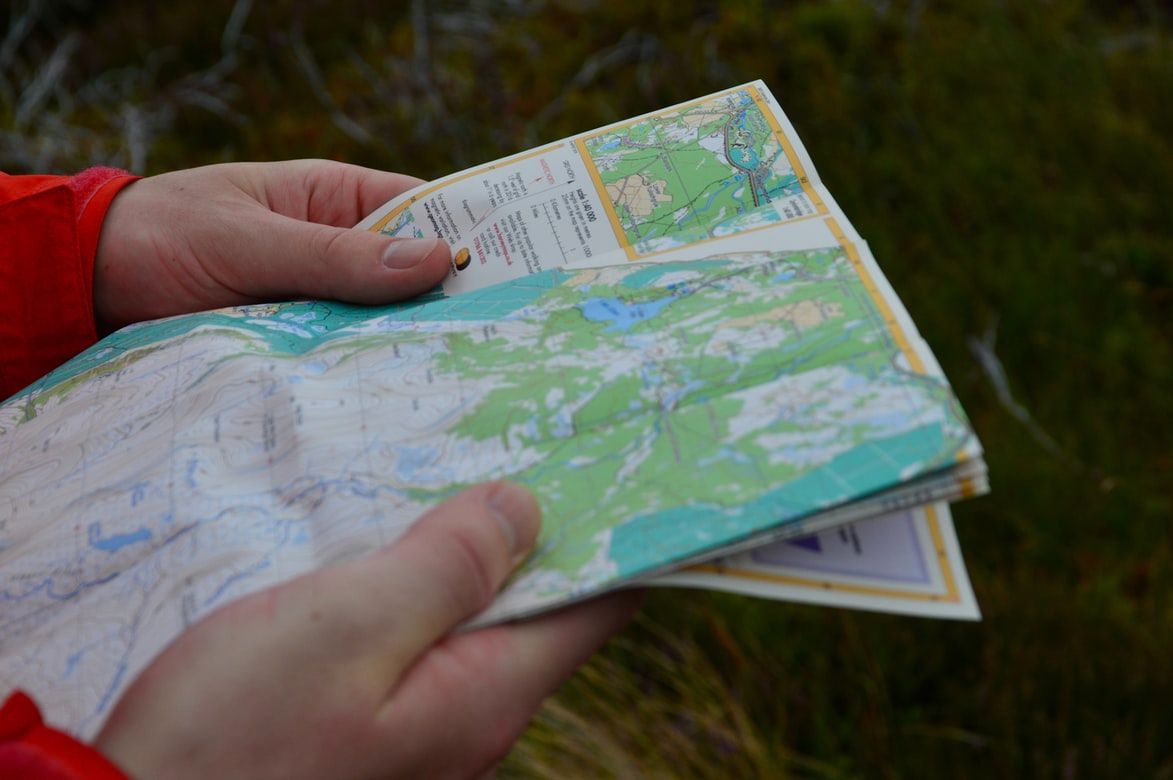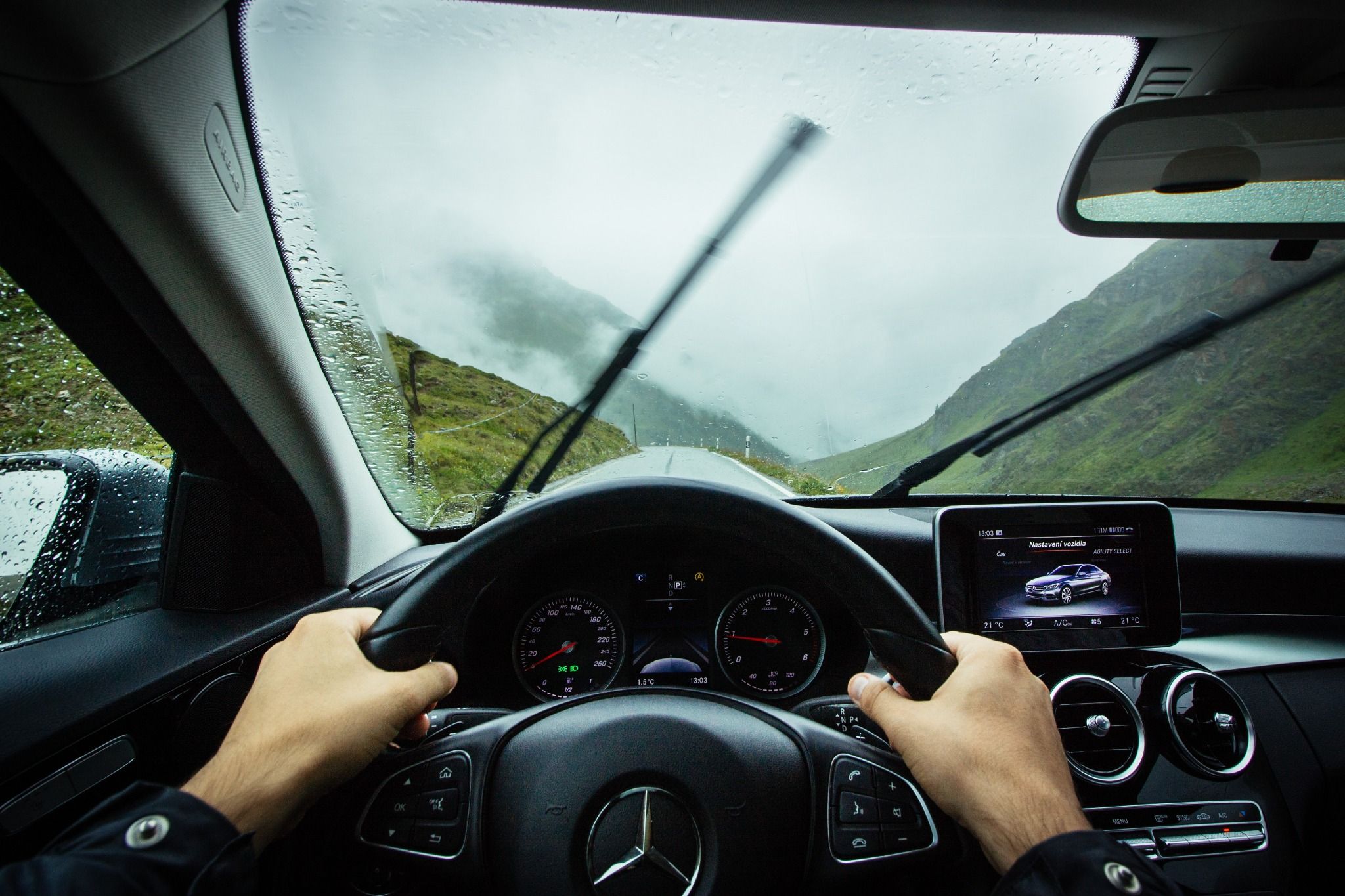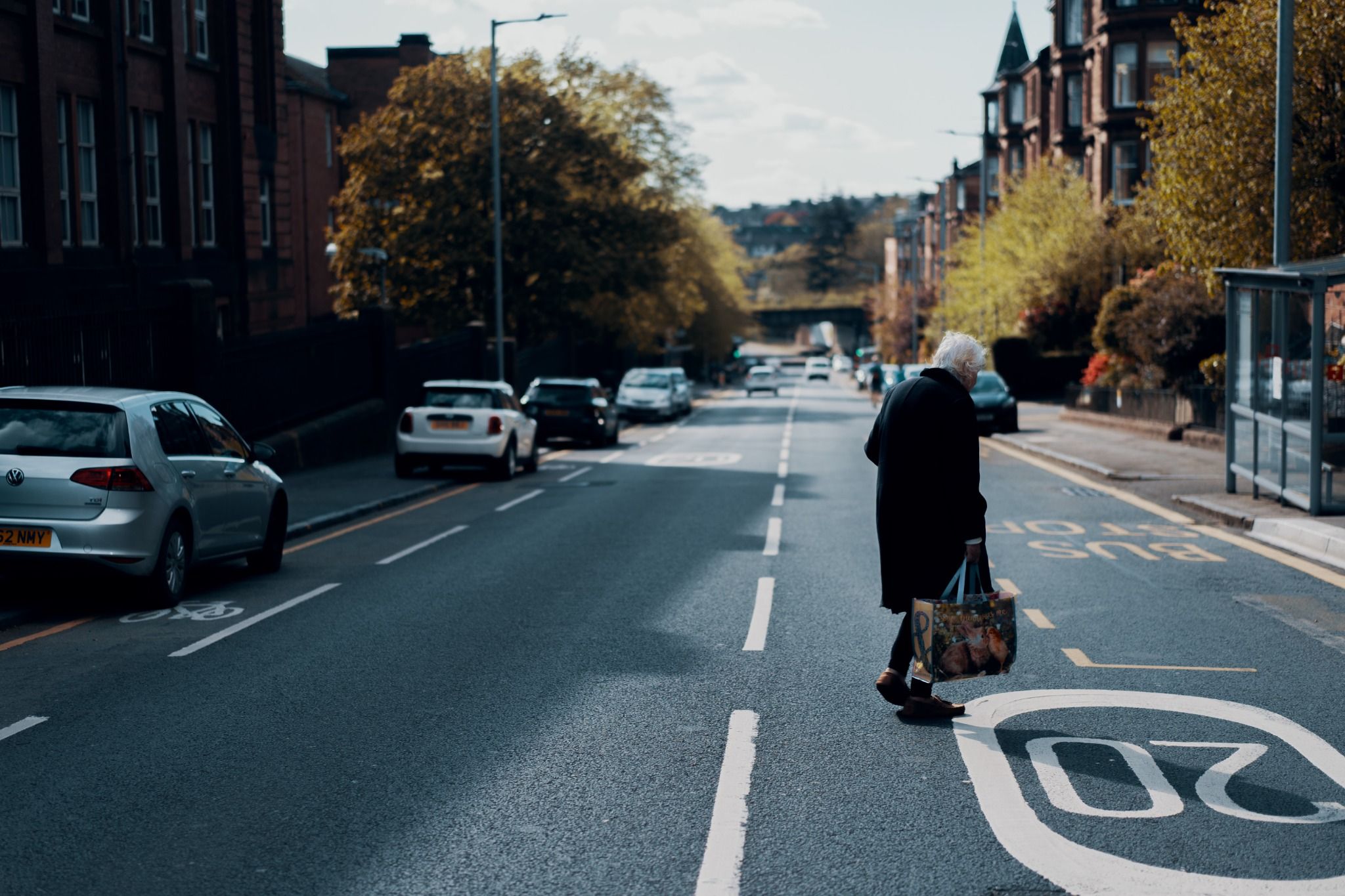Living on an island means that driving in the UK can turn particularly blustery from time to time. Particularly over winter, high winds become more frequent and can make motoring a little challenging, bringing in a few additional requirements to make sure things are still safe.
So if you’re heading out behind the wheel during windy conditions, what do you need to be aware of? We’ve got some key tips for you below.
Take the time to plan
A little time spent planning can help to make a trip go a little more smoothly. It’s worth checking over your planned route and seeing what type of roads it takes in. For instance, larger roads are less affected by hazards such as falling trees.
Plus, it’s a good idea to steer clear of roads near the coast where winds will quickly whip up.
Pack your car for an unexpected stop
Though the vast majority of journeys undertaken when winds are high will be completed without issue, there’s always the chance that you might be forced to stop. In this instance, having a couple of items packed away can make a real difference.
Stow away some warm clothes in the boot along with some snacks and water. A blanket is a good idea too, as is a high-vis jacket in case you have to stop at night.


Keep both hands on the wheel
You’re in the best position to keep control of your car with both hands on the wheel. Unexpected changes in the wind’s direction can quickly move your vehicle off line, so making sure you’re prepared will help to keep you safe.
Pay extra attention to high-sided vehicles
It’s a really good idea to pay extra attention to high-sided vehicles when driving in high winds. This is particularly apparent on the motorway - when you overtake the vehicle in question, it’ll block the wind and then you can be hit with a sudden gust as you pass.
Plus, trucks and buses are more affected by high winds than cars, so make sure that you give them more space as they can be pushed to one side.
Give cyclists and pedestrians more space
When driving in high winds it’s crucial that you give other road users more space - particularly cyclists. A strong gust can quickly push a cyclist out and into the road, so giving them a wider berth means that should this happen they won’t be blown into your path.
It’s the same for pedestrians, particularly those who are walking along narrow pavements.
If in doubt, come to a stop
Driving in very high winds is dangerous and if you’re not comfortable then it can exacerbate the issue further. It’s why, if you’re not happy or feel out of your depth, it’s always best to stop somewhere that is safe to do so.
If you’re on the motorway, then stop in a service station or, if you’re on minor roads, make sure you pull up in a safe area away from overhanging trees or branches which could fall.

Why not check out our other driving tip blogs:
Driving in the dark Driving in the Snow Driving in Wet Weather